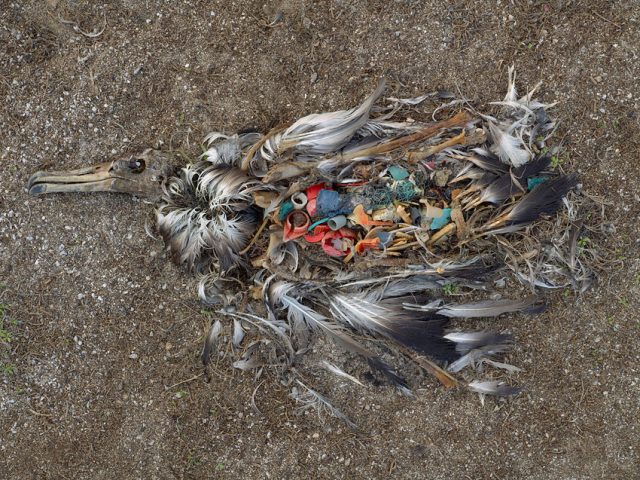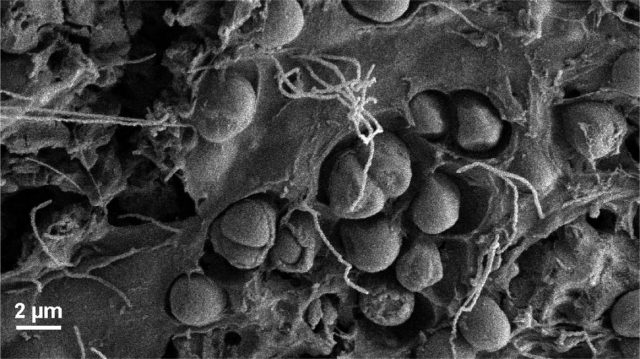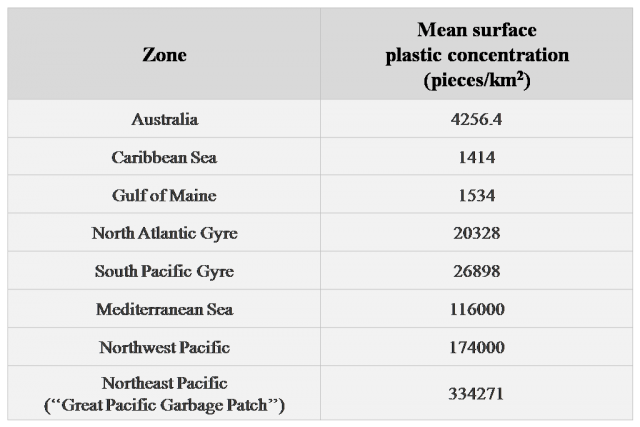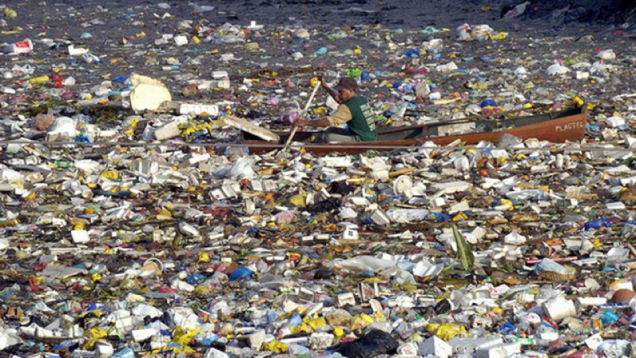Nomadic plastics
Bottles, bags, toys, clothes, prostheses… plastic is everywhere. Its global production has reached the quantity of 288,000,000 tonnes in 20121. Day to day and year after year we only manage to get rid of a fraction of it by recycling, reusing or storing it in dumps but, sadly, some of that plastic ends up in the ocean. One study2 estimates that the amount of plastic in the open-ocean surface is between 7,000 and 35,000 tonnes.
Scientists and environmentalists started studying and recognizing the effects of medium sized plastics on marine vertebrates long ago. Who has never thought about birds, seals or fish when seeing six-pack plastic rings? There was a time when we even used to cut them in pieces to open the rings before throwing them to the bin, just in case they reached the ocean.

However, the concern about the environmental impact that small particles of plastic could cause has started rising only recently, along with the knowledge that a significant proportion of the man-made debris present in the oceans are those called microplastics, that is, plastic particles with a size of 5 mm or less. Microplastics can be directly produced on that size -pellets, for instance- or be by-products of the degradation of larger plastics. Moreover, some of those plastics can absorb organic pollutants from the sea, so when organisms eat or assimilate those polluted plastics they will finally end in their food webs.

Anyway, those big or small plastics are dumped to the marine environment mainly from populated areas and, once there, some of them start traveling. We know that they can sink or float, follow the marine currents and winds and tend to accumulate in convergence zones, like the Great pacific garbage patch, which is located between Hawaii and California andcomposed of microplastics. However, there is still plenty to investigate in this area because knowing the characteristics of these plastics, their traveling pathways and accumulation zones is essential to have a better understanding of the whole problem and to find better solutions.
Julia Reisser et al. have focused their research3 on the characteristics, concentrations and pathways of the plastic in waters around Australia using surface net tows at more than fifty locations. They collected, photographed, analyzed and classified the material on the nets and found that plastic pollution levels were moderate when compared to concentrations in other marine areas, such as the subtropical gyres or the Mediterranean Sea (see Table 1). In regard to the characteristics of the plastics, they found that there was a high prevalence of microplastics made of polyethylene and polypropylene, most of them being white or transparent – colour is important because some animals choose their food by that feature.

However, their main goal was to analyze the sources and pathways of those plastics. They found that the higher amount of plastics were close to cities on Australia’s east coast, but also in remote locations such as West Tasmania. They suggest that the plastics coming from coastal areas remain in the vicinity of their sources for a long time, fragmenting into smaller pieces, and that some of those found in remote locations could be associated with international sources and/or maritime operations. Calculating their drifting trajectories is challenging because it depends on the sources and the currents, but also on the “age” -drifting time- of the plastic, and there are no reliable methods to calculate that age yet.
Moreover, current collecting methods depend on the use of nets and this fact has two main disadvantages. First of all, the size of the collected plastic particles depends on the size of the mesh -333 and 335 m in this case- so the authors of this article think that it would be necessary to develop new techniques capable of detecting smaller buoyant plastic particles (nanoparticles, for example). And secondly, there is the vertical wind mixing effect: the wind pushes the lightweight plastic particles below the surface, so methods based on nets that only collect the particles on the surface will underestimate the total amount of plastic. In this article, the mean plastic concentration changed from 4256.4 pieces/km2 to 8966.3 pieces/km2 when taking into account the vertical wind mixing effect and thus they suggest considering this and other environmental variables -Langmuir circulation, breaking waves or mixed layer depth- in future studies.

Reisser et al. conclude that plastic hazards to Australian species and ecological communities are likely to be broader than those officially recognized, and I think this can be applied not only to Australia but to the whole sea ecosystem. It’s clear that the amount of plastic in the ocean is a major global environmental issue but studies like this lead us in the right direction. The better we understand the problem the better we will be able to design new management strategies to mitigate the environmental impacts of the plastics.
References
- PlasticsEurope (2013) Plastics – the Facts 2013. An analysis of European latest plastics production, demand and waste data. ↩
- Andrés Cózar, Fidel Echevarría, Juan I. González-Gordillo, Xabier Irigoien, Bárbara Úbeda, Santiago Hernández-León, Álvaro Palma, Sandra Navarro, Juan García-de-Lomas, Andrea Ruiz, María L. Fernández-de-Puelles, and Carlos M. Duarte (2014). Plastic debris in the open ocean. PNAS. DOI: 10.1073/pnas.1314705111 ↩
- Reisser J., Chris Wilcox, Britta Denise Hardesty, Maira Proietti, Michele Thums & Charitha Pattiaratchi (2013). Marine Plastic Pollution in Waters around Australia: Characteristics, Concentrations, and Pathways, PLoS ONE, 8 (11) e80466. DOI: http://dx.doi.org/10.1371/journal.pone.0080466 ↩
1 comment
[…] Se estima que en la superficie del océano puede haber hasta 35.000 toneladas de plástico de todos los tamaños flotando. En el Mediterráneo, por poner un ejemplo, hay del orden de 116.000 trozos de plástico por kilómetro cuadrado, y […]